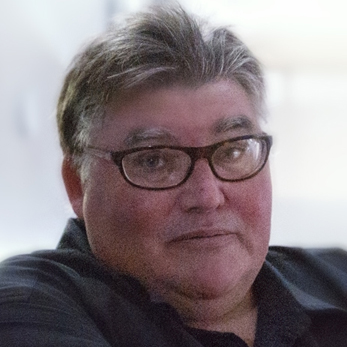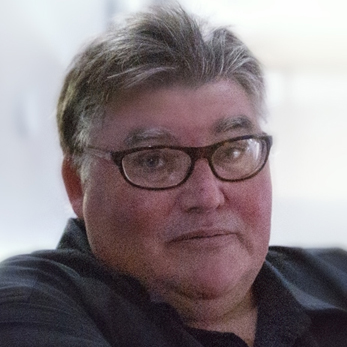The Australian article June 26th 2021
Inventor Ric Richardson’s $530m win over Microsoft a lesson for tech players
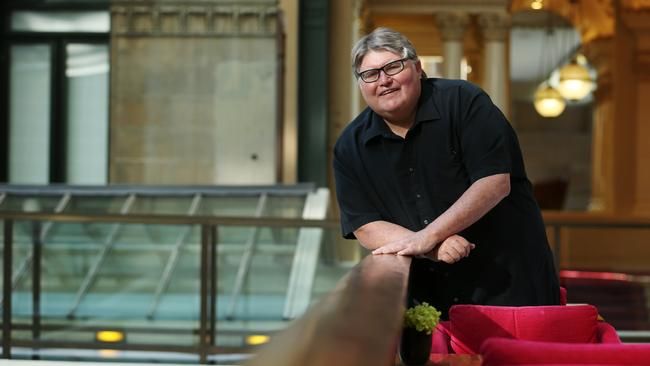
Musician-turned-inventor Ric Richardson in Sydney. Picture: Britta Campion
By: CHRIS GRIFFITH
TECHNOLOGY REPORTER
You can take on big tech and win. Australian inventor Ric Richardson’s amazing story, whereby he took on Microsoft and achieved a $530m court judgment, has lessons for today. The musician-turned-inventor created a product that Big Tech desperately wanted in the 1990s.
...
When Microsoft didn’t play fairly, his company – Uniloc – took it to court and, after nine years of legal battles, achieved a settlement in 2011.
...
His is a story of courage and resolve. He had to raise and spend many millions of dollars for legal challenges, while maintaining the determination to never give up in the face of setbacks, pursuing the case for a decade. The story has renewed relevance as society grapples with how to handle the power of big tech.
...
(Audio below: Listen to Ric Richardson tell his amazing story.)
...
Mr Richardson said he hadn’t stood still since those heady days, which began in the early 1980s in the era of the Apple Macintosh.
...
These days he sits on the boards of four companies, gives advice to budding inventors, and remains a prolific inventor himself, working in his office inside his portable truck at Byron Bay.
...
He’s currently working on 15 projects. They include collaborating with a former CBA vice-president on the safe escrow of digital currency, on collapsible accommodation pods for the Bluesfest music festival, an early way of detecting ransomware (he has patented that idea) and he is working with CSIRO on locating sharks with green LiDAR.
...
In the early 1980s, Mr Richardson was a musician. He had a music teaching business and played electric guitar in a duo. His tie-up with computers came from writing. "A friend of mine ran the Australian Commodore Review in about 1982, and he asked me to review a computer game which was on cassette," he said.
...
Over time he became an expert in computer generated music on a Macintosh computer and began working at studios as "the computer guy". He also became skilled at controlling the Australian invented Fairlight digital sampler. The Fairlight was used for sampling sound for the US series Miami Vice. That opened doors.
...
"I ended up traveling around the world because of my ability to control a Fairlight with a Mac." He lived in the US and worked on soundtracks, including the 80s Equalizer series.
...
...
Mr Richardson got his hands on some music software and wanted to selectively make it available to fellow musicians free, while requiring others to pay. He hit on the idea of providing them with codes that unlocked and activated the software.
...
He found a way to create installation codes that were unique to the configuration of each individual computer. He said there was a one in 40 million chance of one code activating two computers.
...
This breakthrough opened doors to the big tech firms who wanted to sell software to customers, while protecting the software from piracy.
...
"When they (users) first used the software without an unlock code, the software would work perfectly except you couldn‘t save anything. You couldn’t save any files," he said.
...
You couldn’t activate software by going online in pre-internet days. Users had to call and quote a machine number which was a fingerprint of their computer configuration. They’d pay and be given a code which matched their machine, and type it into the software.
...
It was the start of try and buy software and software activation. Mr Richardson took out a patent in 1992 and it was granted in 1996 for 20 years.
...
Try and buy became an amazing business for Mr Richardson. Not only did he licence his patented activation system to Apple and IBM applications, computer magazines offered readers CDs and floppy disks loaded with try and buy software."Ninety per cent of it was this technology," he said.
...
"I used to man the phones. There was once a guy unlocking some accounting software from a submarine in Malaysia in the Malacca Straits. They’d even get an unlock code over satellite phone." He said around 2.5 billion machines used his software activation.
...
He said Microsoft visited him in 1993 but the visit came to nothing. However by 1997, he noticed that Microsoft had begun using activation in FrontPage, Excel, and for its Office suite - and then Windows.
...
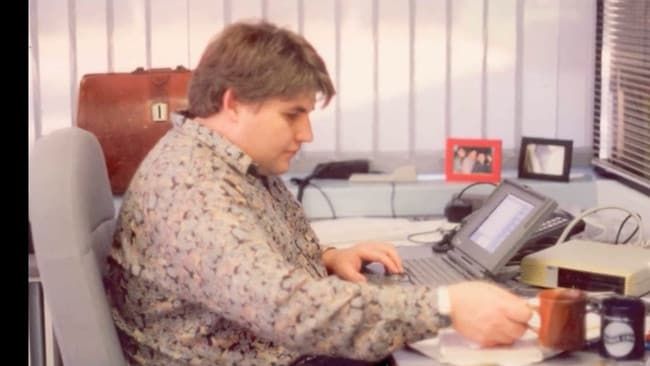
Ric Richardson, then 28, uses a Macintosh PowerBook at his office at Frenchs Forest in Sydney in 1993.
...
At first he thought Microsoft used a different methodology. "I thought there must be at least a dozen ways to do what I invented."
...
The penny dropped when he read an article on Microsoft activation by a major US consultancy firm which was his methodology. "When you saw in print what they had actually done, it was a copy."
...
He said he had spent about $800,000 patenting the technology in 22 countries.
...
"I thought I can’t just let this go." He formed a partnership with businessman Craig Etchegoyen who orchestrated a bidding war between the two largest US legal firms that handled intellectual property claims.
...
The pair chose Boston based Mintz Levin which had won five court cases against Microsoft already, and Mr Etchegoyen found a way to raise the $25m needed for the cases. That involved negotiation with lawyers and using their own funds. Mr Richardson himself had $6m available.
...
Mr Richardson said he was an admirer of Microsoft founder Bill Gates, but believed others in the organisation must have taken shortcuts. "They ended up doing the wrong thing".
...
His company Uniloc Corporation which offered the try and buy system to vendors, transformed into a patent litigation firm with Mr Etchegoyen at the helm as CEO. Mr Etchegoyen still holds that role. In more recent times Uniloc has run cases against the likes of Apple and Facebook.
...
Mr Richardson said Microsoft faced about 140 filed cases based on his patent; some were settled, others dropped. He said Microsoft eventually settled when it was obvious Uniloc wouldn’t go away. The court battles went for nine years.The jury verdict was $530m; the final settlement remains confidential.
...
He said some settlement money was paid to shareholders, much was reinvested in Uniloc which he described as a "litigation powerhouse".
...
"People talk about the money, but as an inventor, having the largest software company in the world recognise that you actually contributed 26 per cent of their income - that’s the payoff".
...
Mr Richardson said he still had shares in Uniloc but he doesn’t play an active role in the company. He settled in Byron Bay with his wife in 2008 and his passion remains inventing, working from inside his mobile truck with his dog aboard. He remains within five minutes of "a good cappuccino".
...
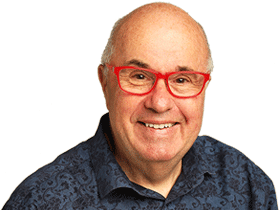
https://www.theaustralian.com.au/author/Chris+GriffithTECHNOLOGY REPORTER
Chris is one of Australia's most experienced technology reporters, with an involvement in the computer industry spanning almost 50 years. He learned to program in the late 1960s, studied computer science in the... Read more


